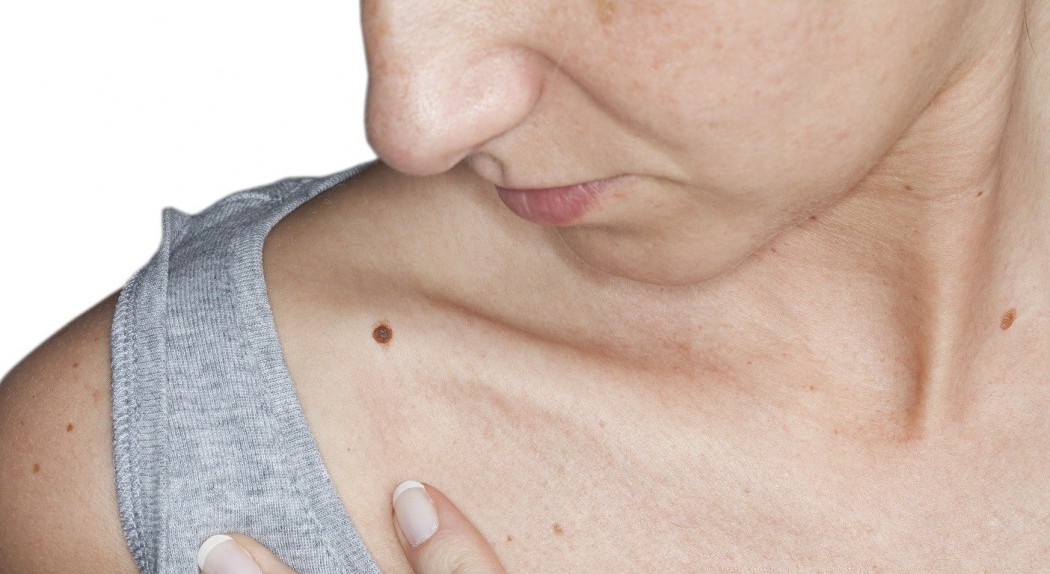Skin cancer is the most common form of cancer in the United States, and it’s on the rise. Skin cancer can affect anyone at any age, with more than three-and-a-half million skin cancer cases diagnosed each year—that’s more than the incidence of breast, prostate, lung and colon cancers combined.
Melanoma is the deadliest form of skin cancer, and it’s rising fastest among 25- to 29-year-olds. One in 50 people will be diagnosed with melanoma in their lifetime. Exposure to UV rays from tanning beds is a major risk factor for melanoma, along with your total sun exposure as a child and teenager.
When caught early, it can almost always be cured. But left untreated, melanoma can become deadly. This cancer develops when pigment-producing cells grow and form a tumor, which can eventually spread to other parts of the body.
Spot the Problem
There would be fewer deaths from melanoma if people regularly took time to do a thorough skin exam. This means checking for moles from your scalp to the bottoms of your feet and even under your fingernails and toenails.
If you find something unusual, have it checked even if you can’t trace any recent sun exposure. It’s not the sunburn you might have received on a recent vacation, but the exposure to sun earlier in your life that can affect your risk of getting skin cancer.
Know Your ABCD and E’s
When it comes to monitoring your moles, the Skin Cancer Foundation recommends you know your ABCD and E’s:
- A for Asymmetry: One half of the mole is different from the other half
- B for Border Irregularity: The edges are notched, uneven or blurred
- C for Color: The color is uneven. Shades of brown, tan and black are present
- D for Diameter: The diameter is greater than 6 millimeters (about the size of a pencil eraser)
- E for Evolving: There is change in size, color or shape over time, or additional symptoms like itching or bleeding start
If you notice any of these, seek out your doctor’s advice.
Protect Yourself
It’s important to protect yourself from the sun when you are outdoors. Seek shade from 10am to 4pm and wear a wide-brimmed hat, UV-blocking sunglasses and protective clothing. Apply UV-blocking sunscreen with an SPF of 30 to all exposed skin every two hours.
Those who develop melanoma have a three-fold risk of developing it again, so always be vigilant. If you have had melanoma, guidelines suggest you get screened every three to six months.
About 80 percent of people who develop melanoma have local, curable disease if caught early. If you’re concerned about a mole, talk to your dermatologist about getting a melanoma screening, or ask your primary care doctor for more information about seeing a dermatologist.





